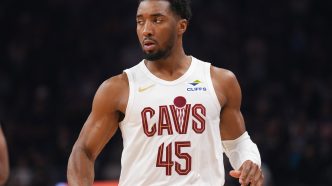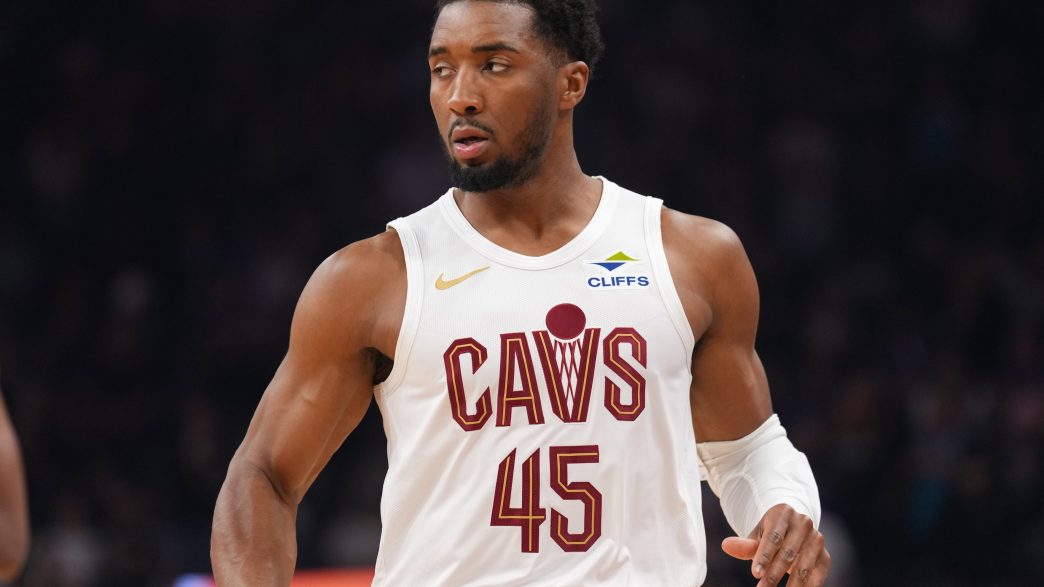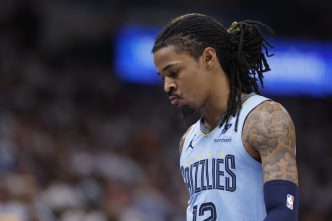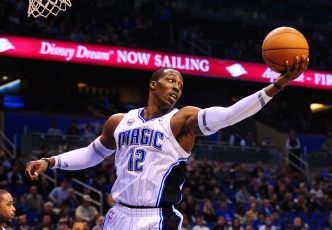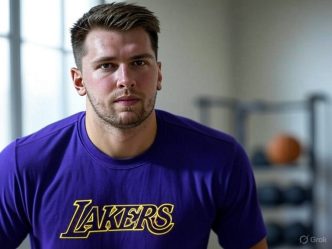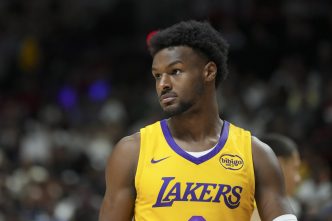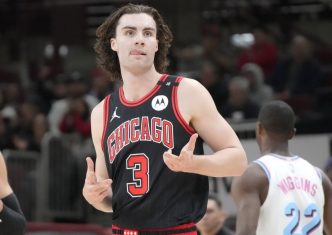It’s been quite the journey for Ty Jerome and De’Andre Hunter. The two were inseparable at the University of Virginia, etching their names in the history books by winning a national championship in 2019. Their bond has stood the test of time, weathering the inevitable ups and downs of their first five seasons in the NBA.
Fast forward to the 2024-25 season, and both players have found their groove, posting career years at a perfect time. After Hunter’s trade to Cleveland midseason, fate brought them back together on the Cavaliers, their lockers side by side during road trips. The chemistry was palpable and it showed; Cleveland kicked off their partnership with an impressive 12-game winning streak, raising their all-time record together to an astonishing 46-3. Yet, just when it seemed like things were clicking, the postseason brought a harsh reality check.
The Cavaliers faced an unexpected five-game defeat to the Indiana Pacers, which sent their potential future into disarray. With Jerome set to become a free agent and Hunter contributing a hefty $24 million as a sixth man, questions loom large over the Cavs’ roster and salary structure. The focus has shifted from immediate playoffs to the broader implications of their financial commitments—and trust us, they’re significant.
At the core is the recent collective bargaining agreement (CBA) and the looming shadow of the second-apron payroll threshold. The new rules were intended to hold overspending teams accountable, but they’ve cast a wide net, affecting any franchise that finds itself enjoying success. The Cavaliers, a shining example of disciplined team-building, now face a precarious situation following injuries and the tough play of opposing teams like the Pacers.
The Cavaliers aren’t alone in this struggle. The Boston Celtics—another force in the East—are wrestling with a similar dilemma, particularly as they navigate the fallout from Jayson Tatum’s Achilles injury. While many teams still in the playoff picture confront this dilemma head-on, even those like Oklahoma City are preparing for their own reckoning, even if their time hasn’t yet come.
Back to Cleveland, where the team faces an added wrinkle. Evan Mobley—the NBA’s newly crowned Defensive Player of the Year—has made an emphatic statement. After signing a max extension with a “Rose Rule” provision, Mobley’s contract is about to take a sizeable jump, projected to hit $46.4 million next year. This is where it gets complicated; the Cavaliers are already projected to be $27.3 million over the 2026 luxury-tax line with just 10 players under contract. The math isn’t in their favor—even after potentially filling the last roster spots with minimum contracts, the Cavs find themselves eyeing a projected overage of around $34 million in tax penalties.
Going over the second apron comes with severe limitations. Cleveland’s flexibility is reduced to almost nothing; they wouldn’t be able to sign free agents other than those on minimum deals, nor would they be able to make trades that increase their salary. Trying to navigate this new transactional regime is like running a gauntlet blindfolded.
With tough decisions on the horizon, the Cavaliers have to assess their roster critically. Can they justify keeping Isaac Okoro’s $11 million salary, especially with his postseason performance? What about Dean Wade at $6 million? Good players become untouchable luxuries when managing a tight budget. Jerome and Sam Merrill, both previously overlooked gems, will demand paydays. Can Cleveland afford to extend their contracts, or have they already reached their peak potential?
And then there’s the delicate subject of Darius Garland. He’s under contract for three more years at a hefty $127 million—an integral piece of their winning puzzle but also a potential liability. With Donovan Mitchell’s rock-solid play contrasted by his moments of vulnerability, the question has to be asked: is Garland the right fit next to him? Based on two consecutive postseason pushes that ended abruptly, it may not be feasible to rely on a backcourt that’s both undersized and prone to injury.
Cleveland stands at a critical juncture where the right trades could inject new life into the franchise, setting them up for future playoff contention, while the wrong moves could pull them back into mediocrity. It’s a high-stakes game that every team in the league eventually faces as contracts evolve.
This is the reality for the Cavaliers and teams like them. While navigating the complexities of building a contending roster is often seen as a “good problem” to have, it’s precisely these sorts of challenges that can make or break a franchise’s future. The offseason promises to be filled with tough choices, requiring the keen eyes of Koby Altman and the front office to sift through the tangled web of salaries and contracts in a bid to keep the Cavaliers on the path toward another championship banner.

